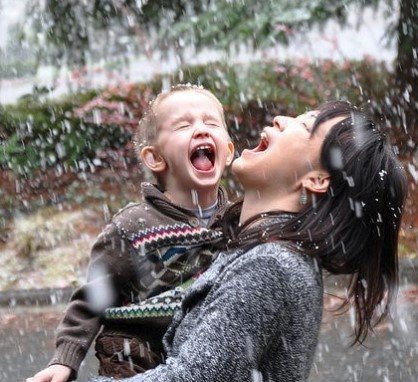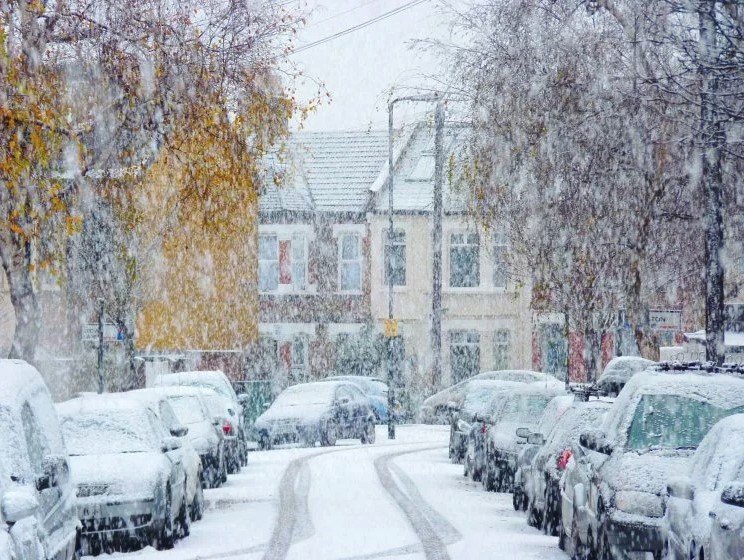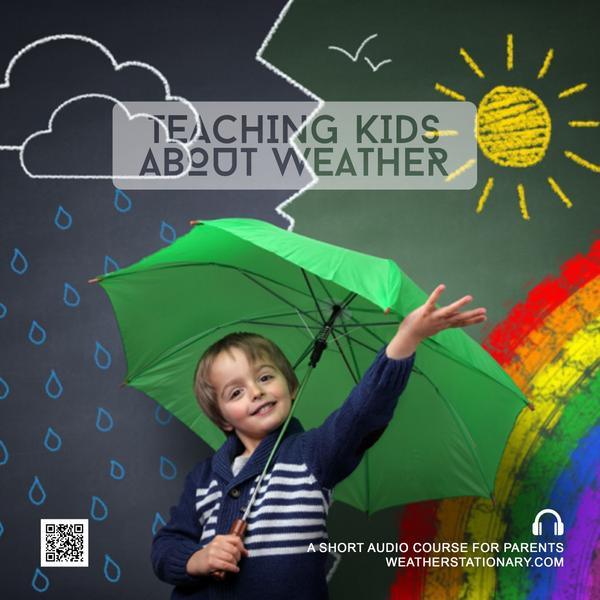Why teach kids about Weather?
In this section of we will:
- Learn how kids can learn to love the planet by learning how weather works
- Learn how we can learn about weather and how it works
- Learn basic safety measures to take in case of dangerous weather
Teach kids about weather | One of the greatest things about being a parent is discovering the world through their young eyes. How many common things have become extraordinary when you share them with your kids? They are even more special when they are something that they can share with you.

It is never too early to begin teaching your kids to love the planet they were born on. And the best way to love it is to learn about it. There are any number of ways to do this, a trip to the zoo or aquarium, a camping trip in the woods, a hike in the local park, all are great ways to introduce the wonder and majesty of nature to a young mind.
But the opportunities are not as easy to find as we would like. These things take planning and preparation, but the weather is always there, just outside our windows.

This is a good time to begin thinking about weather and storm safety.
Storms that bring thunder, lightning and even tornadoes can be frightening for small children, but understanding why teach kids about weather and why it is doing what is doing can take away some of the scariness. It does not make the storms less dangerous, but being less frightened, kids are less likely to make mistakes.
We will learn more about specific weather safety hazards as we go along, but here are some important safety tips to keep in mind now:
- Always be aware of the weather. Of course, you should always take a look through the window before you go outside to see if you need a jacket or coat, but take the time to check the forecast, either from TV or radio, online, or from your home weather station, to see if the weather could get worse.
- If the dangerous weather is predicted, it does not mean that it will happen but know the signs so you can watch for them. If the sky suddenly fills with dark clouds and it starts to rain, seek shelter. Not only will you be more comfortable, you will be safe from lightning or tornadoes.
- The best place to be is in a building or a car with the windows rolled up. Avoid exposed shelters like metal sheds, baseball dugouts, bleachers, or under a lone tree.
- If there is lightning in the area and you cannot find shelter, crouch down in an open area, at least twice as far away from the nearest tree as it is high, and cover your ears to prevent hearing damage from thunder.
- Stay away from water and metal. Both will conduct electricity and may attract a lightning strike.
- If there is tornado danger, remember to D.U.C.K. – “duck” :
- Get DOWN to the lowest level of the building,
- Get UNDER something solid like a table or a desk,
- COVER your head to protect from falling debris,
- And KEEP inside the shelter until you are sure the danger has passed.
Review Quiz:

Q1: Why is it important to understand “inside weather”?
A1: The processes that occur in the atmosphere inside a building are the same as happen outside. If we can learn what is going on in the small scale, it is easier to understand what is happening on the larger scale of the outdoors.
Q2: What is the safest place to be in a sudden storm?
A2: Seek shelter in a building or in a car with the window rolled up.
Q3: How do you D.U.C.K. from a tornado?
A3: Get DOWN to the lowest level of the building, get UNDER something solid, COVER your head, and KEEP inside until you are sure the danger has passed.


Trackbacks/Pingbacks